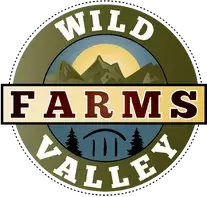By Cindy CloningerOr the best flowers & plants for your garden container and pots. Container gardening has many appeals. With ease of use and convenience in growing herbs and veggies fresh at hand, coupled with less stooping and bending, it’s no wonder potted plants are so popular. Container gardens are beautiful with their differing hues of green and varied shaped leaves. From the bright colors to multi-toned flowers, containers can add interest and be pleasing to the look and smell of spaces both in and outside your home. Container planting is not just limited to the floral variety, but planting herbs, berries, and vegetables in pots are not only beautiful, they can be bountiful as well. Wild Valley Farms has put ingenuity to work once again and created Nutri Wool Pots from completely recycled wool felt. Different from most potting containers, Nutri Wool Pots are made of natural materials, that protect your plants from overheating and better insulate them from extreme temperatures. We already know the benefits that wool can provide as it breaks down over time releasing the perfect amount of nutrients to your tender plants and the barrier to pests like slugs and snails. Now you can have the added convenience of planting directly in these colorful Nutri Wool Pots. They look beautiful on any porch or balcony and because of their dense fibers they hold the water making them the perfect container for your blooms and crops. An added benefit of the completely organic pots is the biodegradable factor. These little beauties can be planted directly in the soil when you are ready for making a more permanent home for the plants that grace the steps of your porch. With a list of benefits like these, Nutri Wool Pots are a win, win for your planting needs. One major drawback to plants in pots is watering. Plants in containers have limited root space and require more watering, sometimes twice daily in hot weather. Installing automatic drip irrigation systems or bulb watering that releases over time can help, but perhaps the easiest solution is adding wool pellets to your soil. Wool Pellets, though small, pack a major punch in gardening benefits. As part of their innate make-up, wool pellets soak up water. As a result, this creates added porosity for root growth and lessens watering by 25%, taking container gardening to a whole new level of ease. It’s no wonder that Wool Pellets have gained national attention and awards. Read about their journey from anonymity to acclaim in Wild Valley Farms Keeps Busy Bringing Wool Pellets to the World - 2017 Year in Review If you haven’t tried them out yet, you will love the work they provide and be pleasantly surprised at how well plants thrive when wool pellets are part of the soil make up. Not convinced? We have 6 Reasons You Should Be Using Wool Pellets in Your Garden Soil Creating the visionContainer growing can be as simple as a single plant or crop in a container on your step to a layered visual and pleasantly scented arrangement of many types of plants. Some key steps experts suggest to getting that pleasing look out of your containers are planting in three areas. The thriller, filler, & spiller.
Keep in mind colors variety, layer bulbs and plants that flower at different times, and note water and sunlight needs in order to plant like plants together. Flowers and shrubs Visually stunning and creating shape, shrubs can be the anchor of your containers. With the wide varieties that exist, and the portability of containers, you can plant most anything you desire. Here are some showstoppers and proven winners in this category. HibiscusHydrangeaLavender
Peony
ColumbineColumbine offers unique depth and comes in a purples, pinks, yellows, and reds. Columbine, or Aquilegia came from the Latin word for eagle, perhaps because the petals look like eagle talons. Columbine has hardiness in zones 3-9 and are among the easy to grow plant category. With their unique shape and 'nodding' heads Columbine are real 'thrillers'. Snapdragon
Dahlia
Geranium
Cape Primrose
Ivy
Begonia
Petunia
BulbsBulbs have been planted in containers for years. Layering early and late blooms along with different varieties in one container can give you pots bursting with color and fragrance that will last long into autumn. Bulbs need to spend time in the cold in order to bloom. Make sure to check our chart and find key tips about How to Force Bulbs Like a Pro. Some of our favorite bulbs are tulips, crocus, and lilies. Don't be afraid to tuck your favorite herb of vegetable in amongst your other plants. Some flowers may do well the entire season in the 2.5 quart Nutri Wool Pots, but when roots have outgrown the pot, simply place into a larger pot or into your garden soil. Cindy CloningerVirtual Assistant, blog manager, email & social media marketing assistant, web development. I enjoy hiking, fresh fruits & veggies, planting flowers, cooking great meals. But I love being a wife and mother the most. When I'm not doing all of those, I love to read and try new things. No matter the forecast, live like it's spring.
8 Comments
laura
4/25/2020 03:04:27 pm
are these like felted pellets? pure nothing else. I can start hydrophonics seeds in them? thank you
Reply
1/17/2021 07:47:16 pm
I am into container gardening especially now that we are on a lockdown. I planted on crates, poly bags,pots and recycled materials. In just 3 weeks we had something on our table. Let's keep growing!
Reply
12/10/2023 05:30:25 pm
Reading about Wild Valley Farms' creative approach to container gardening in Cindy Cloninger's article has sparked my curiosity. It's amazing how a simple container can become a thriving garden with the right plants and care.
Reply
12/26/2023 12:21:08 am
Container gardening is such a fantastic way to bring greenery and life into even the smallest spaces. I couldn't agree more with Cindy's article about the benefits of growing plants in nutri wool pots or containers. The convenience of having fresh herbs and veggies right at your fingertips is unbeatable.
Reply
Leave a Reply. |
Archives
May 2024
Categories
All
|

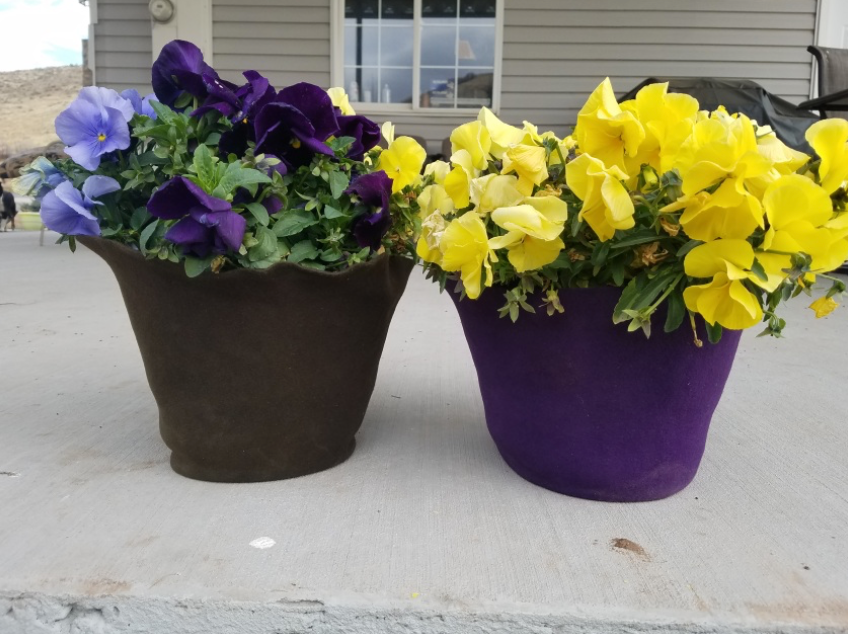




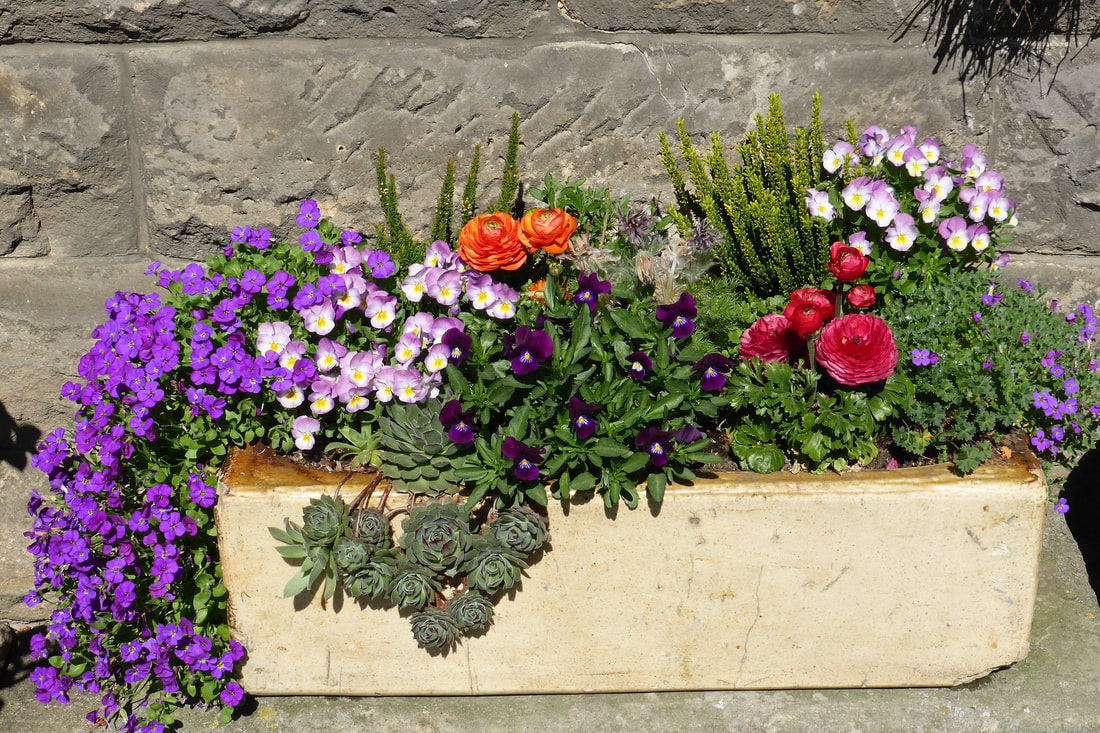

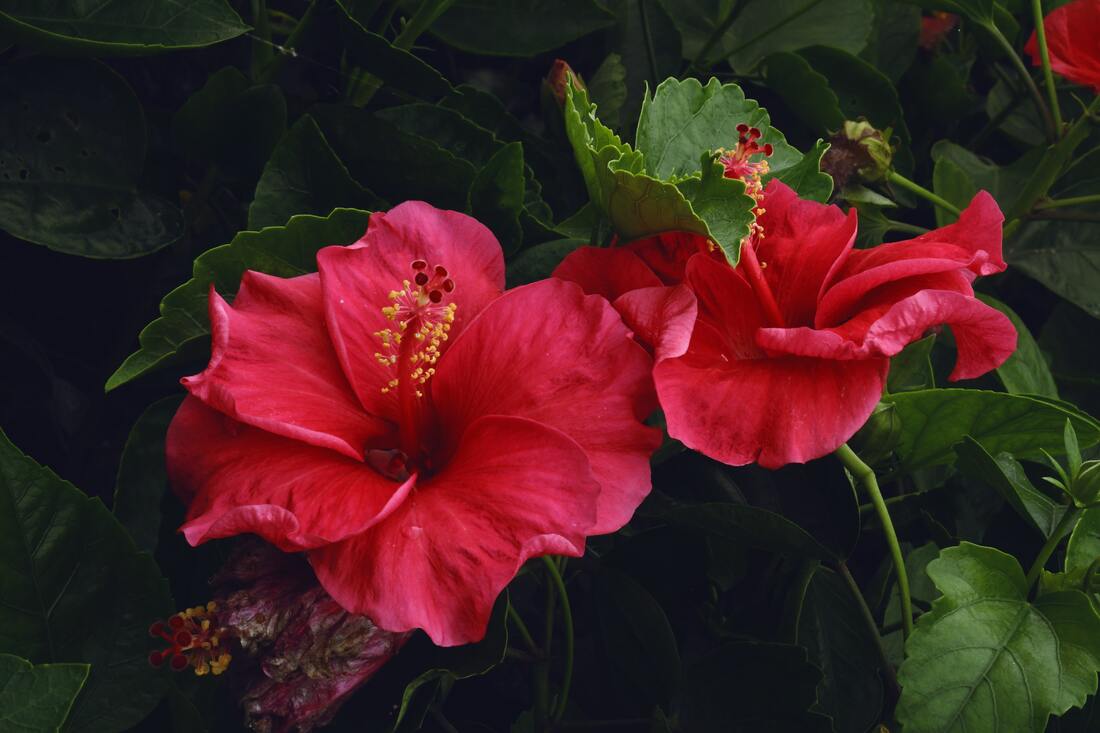
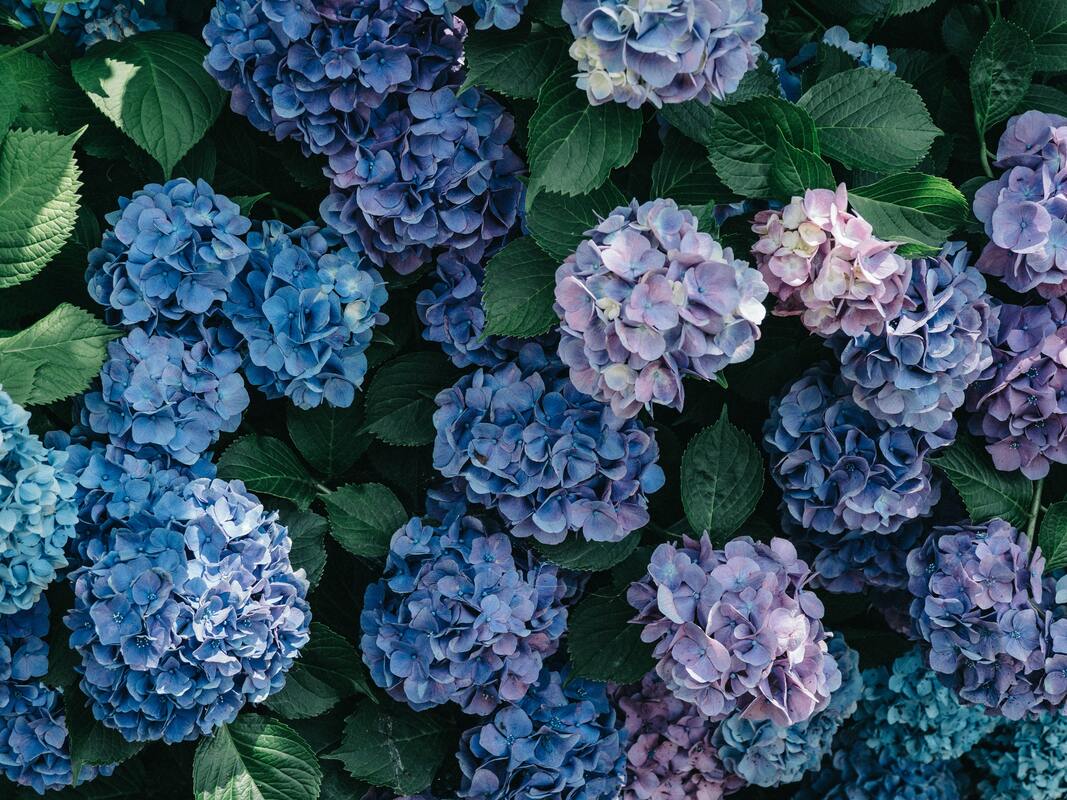

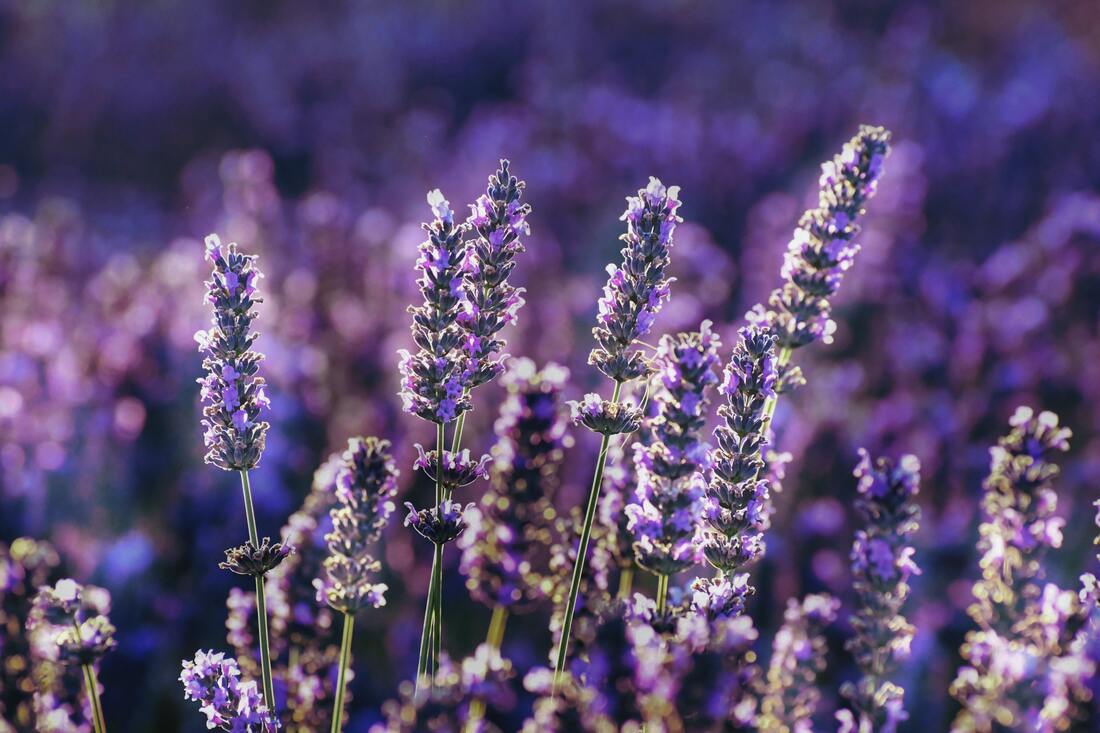
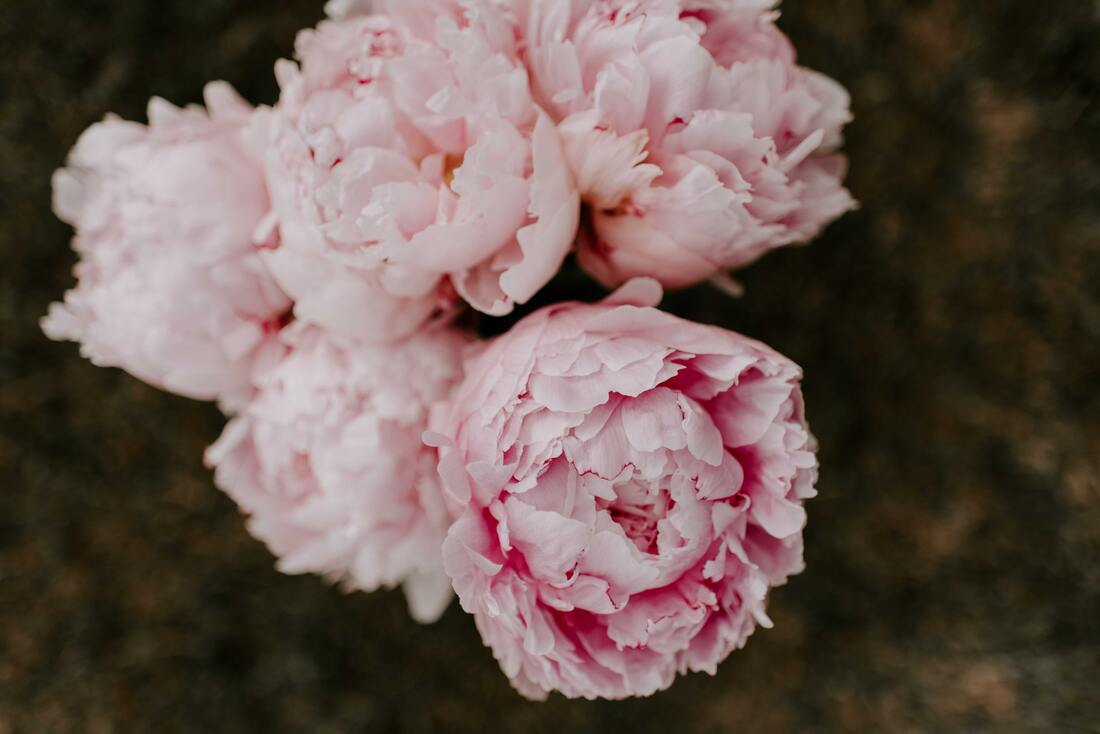

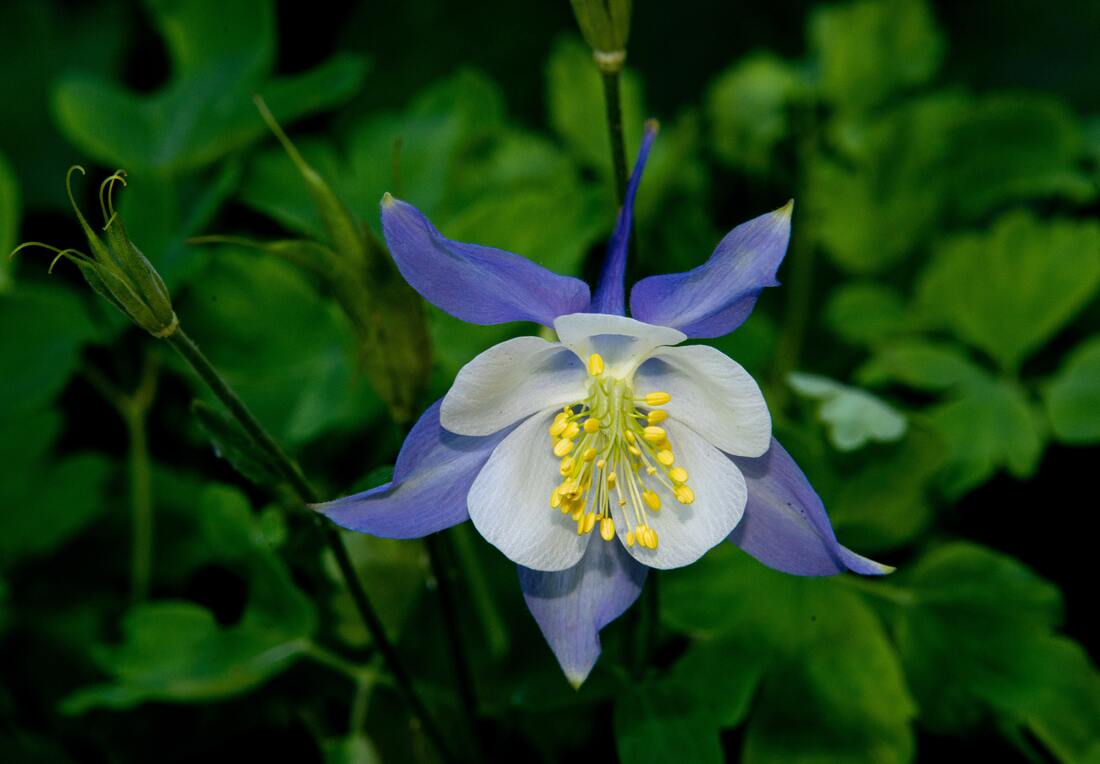
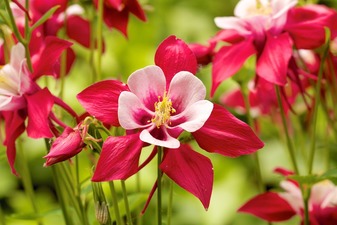
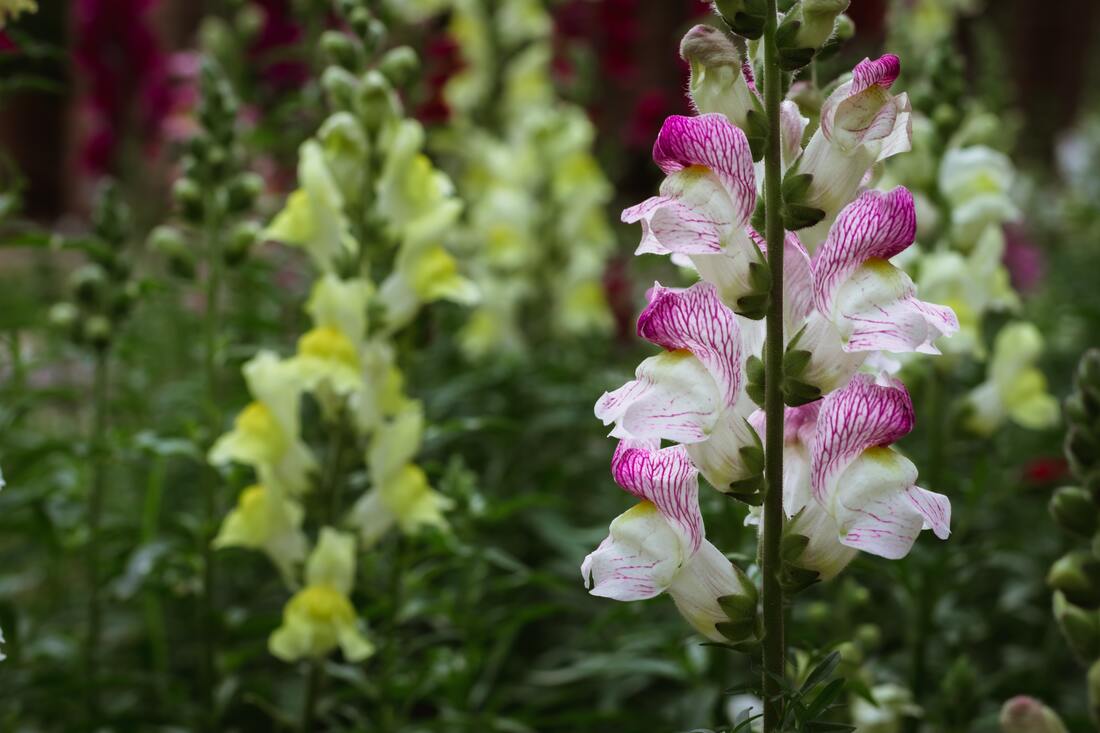
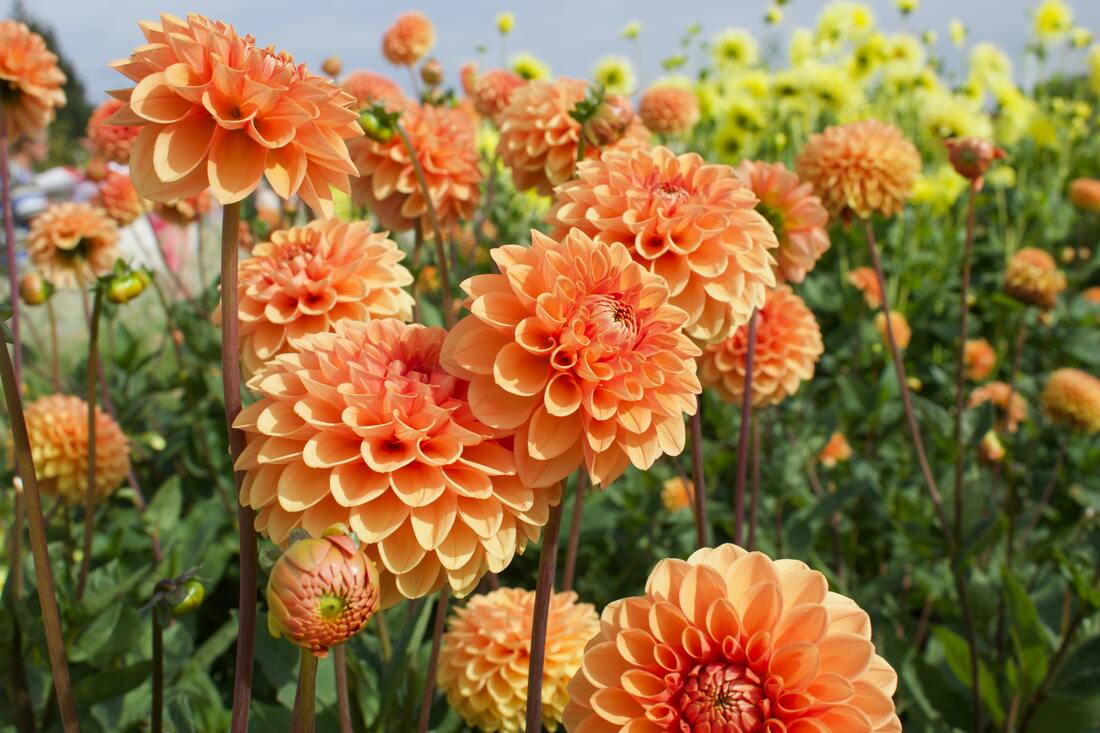


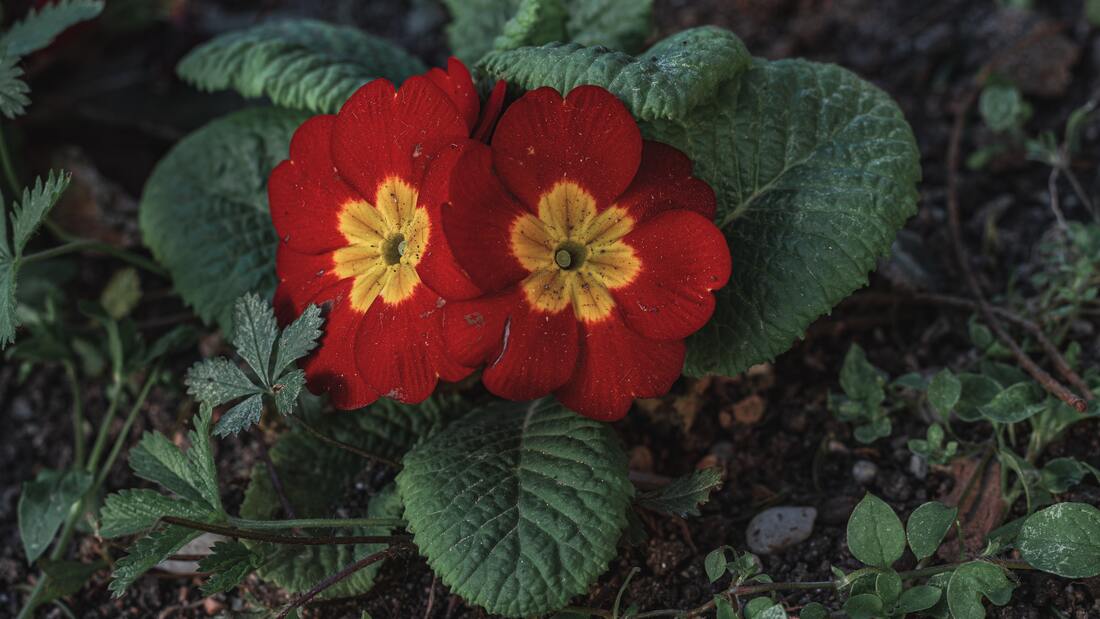

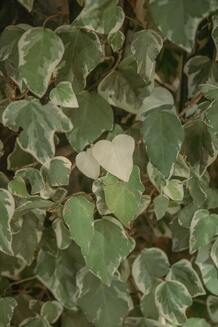
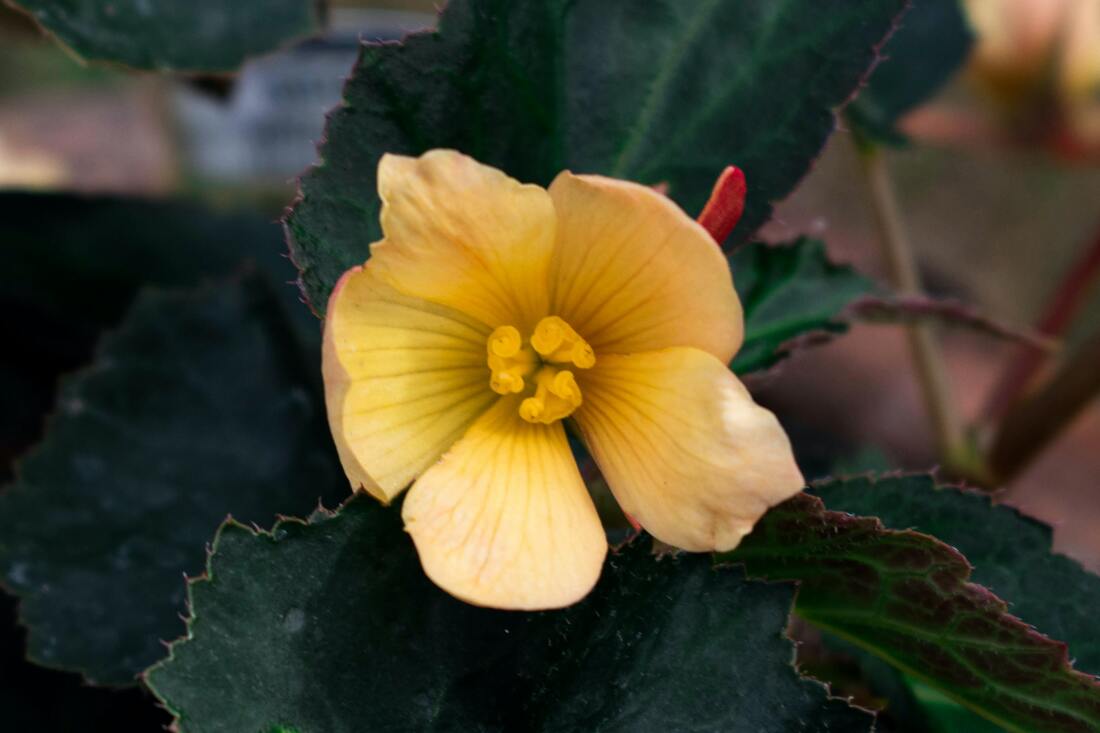


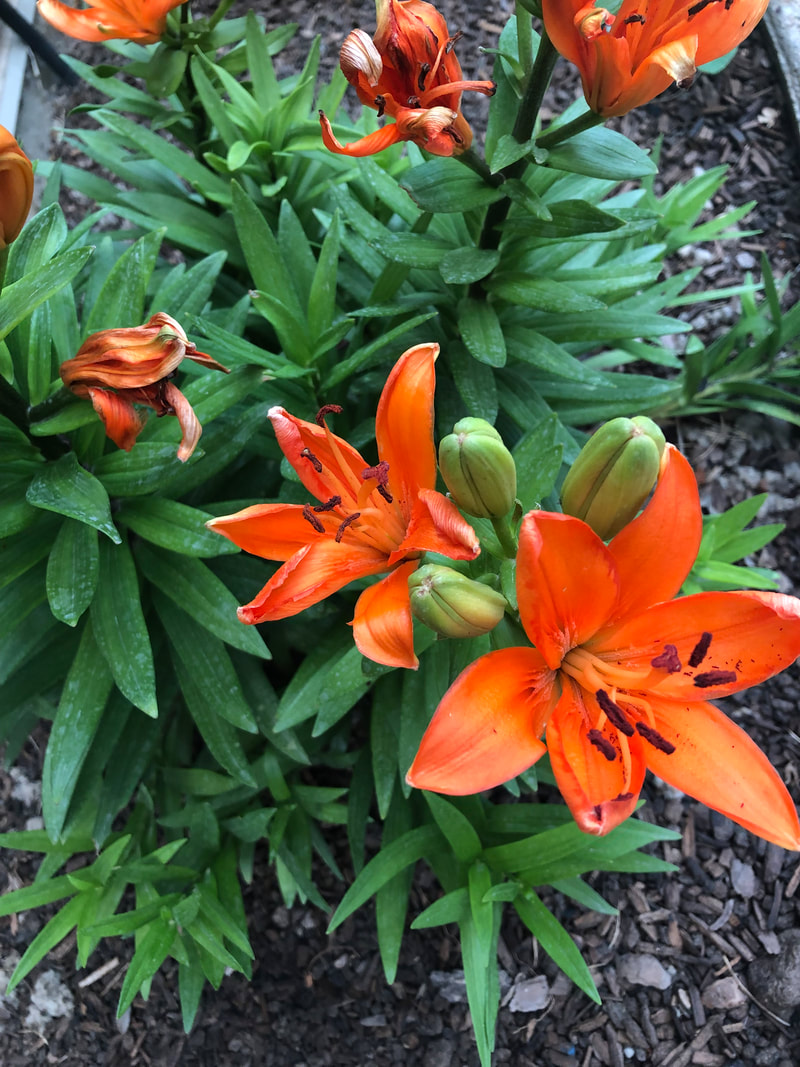
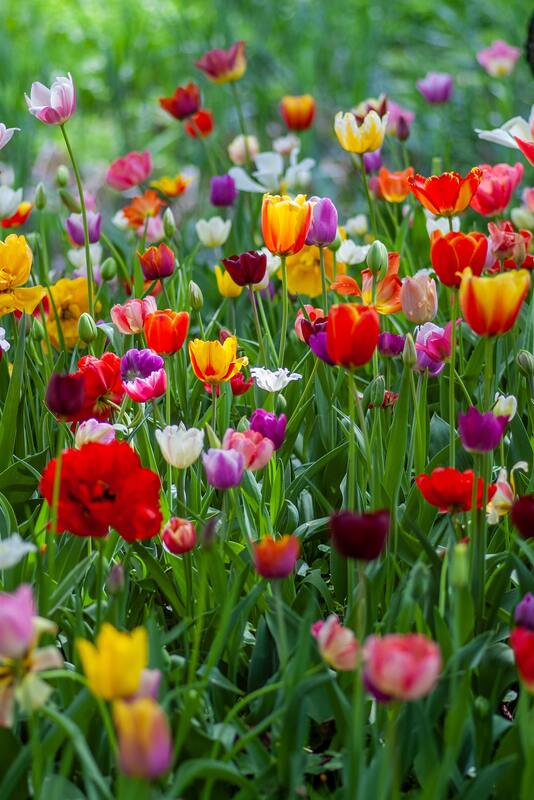
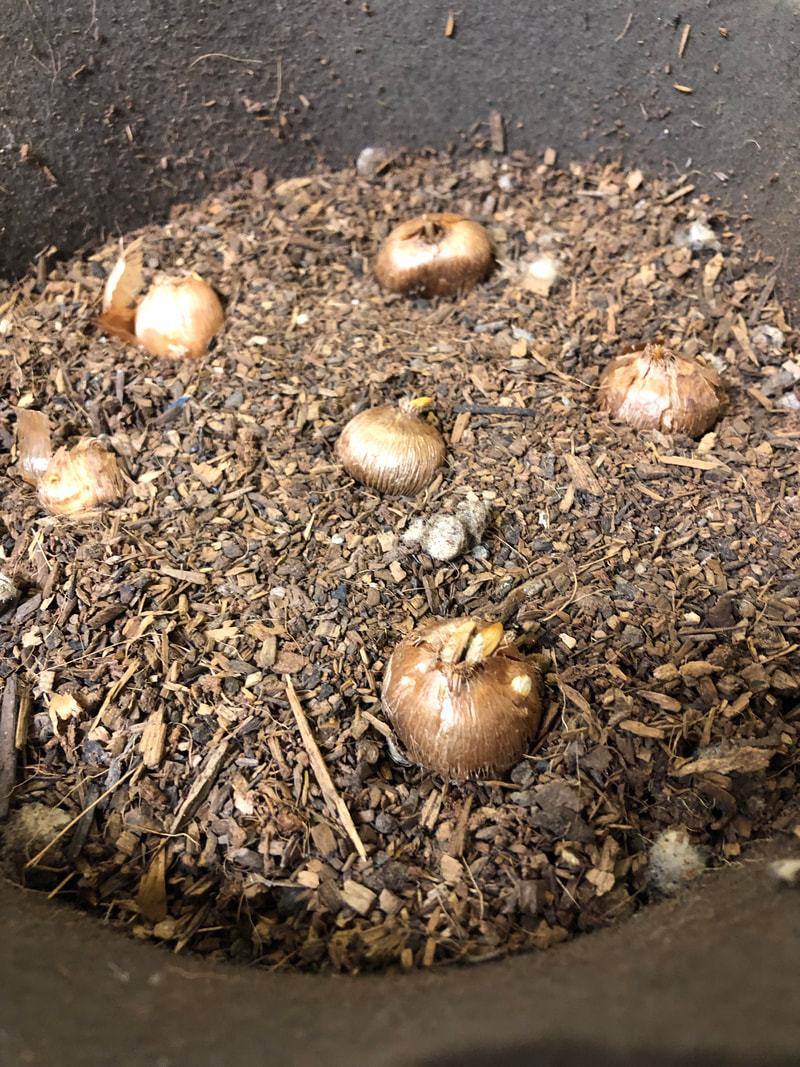
 RSS Feed
RSS Feed

